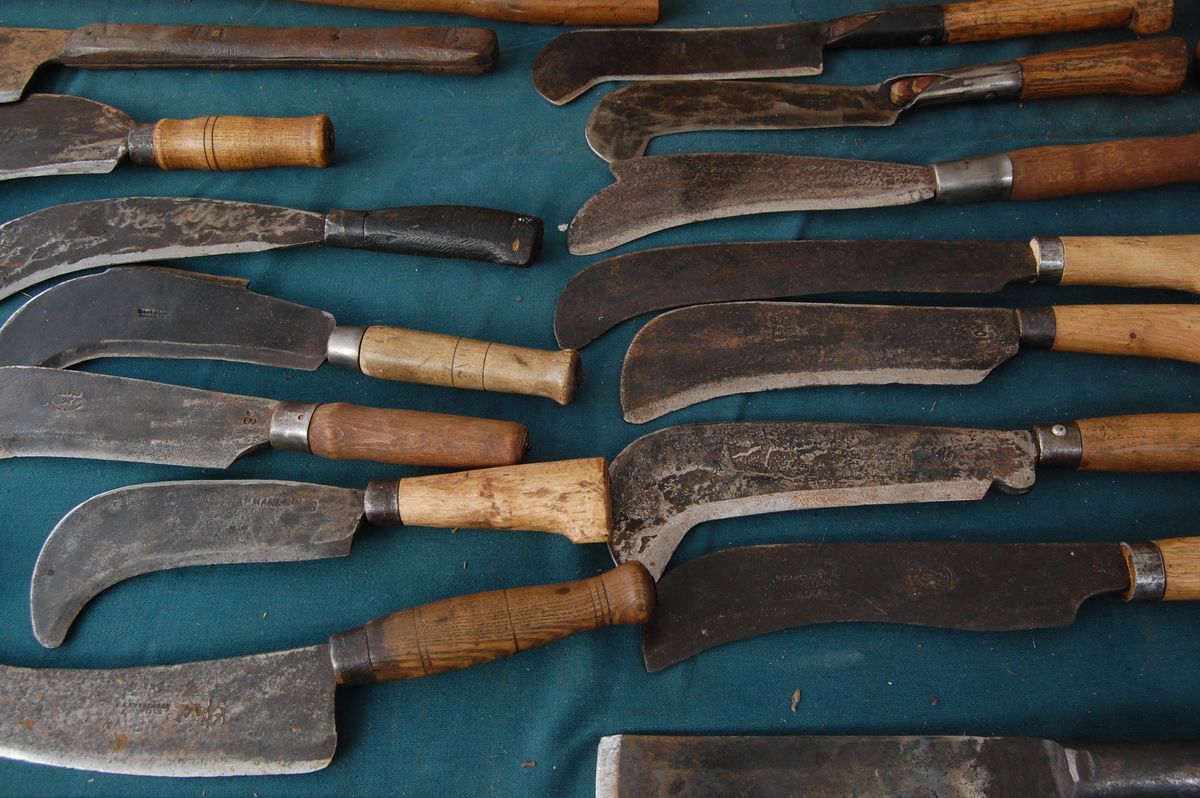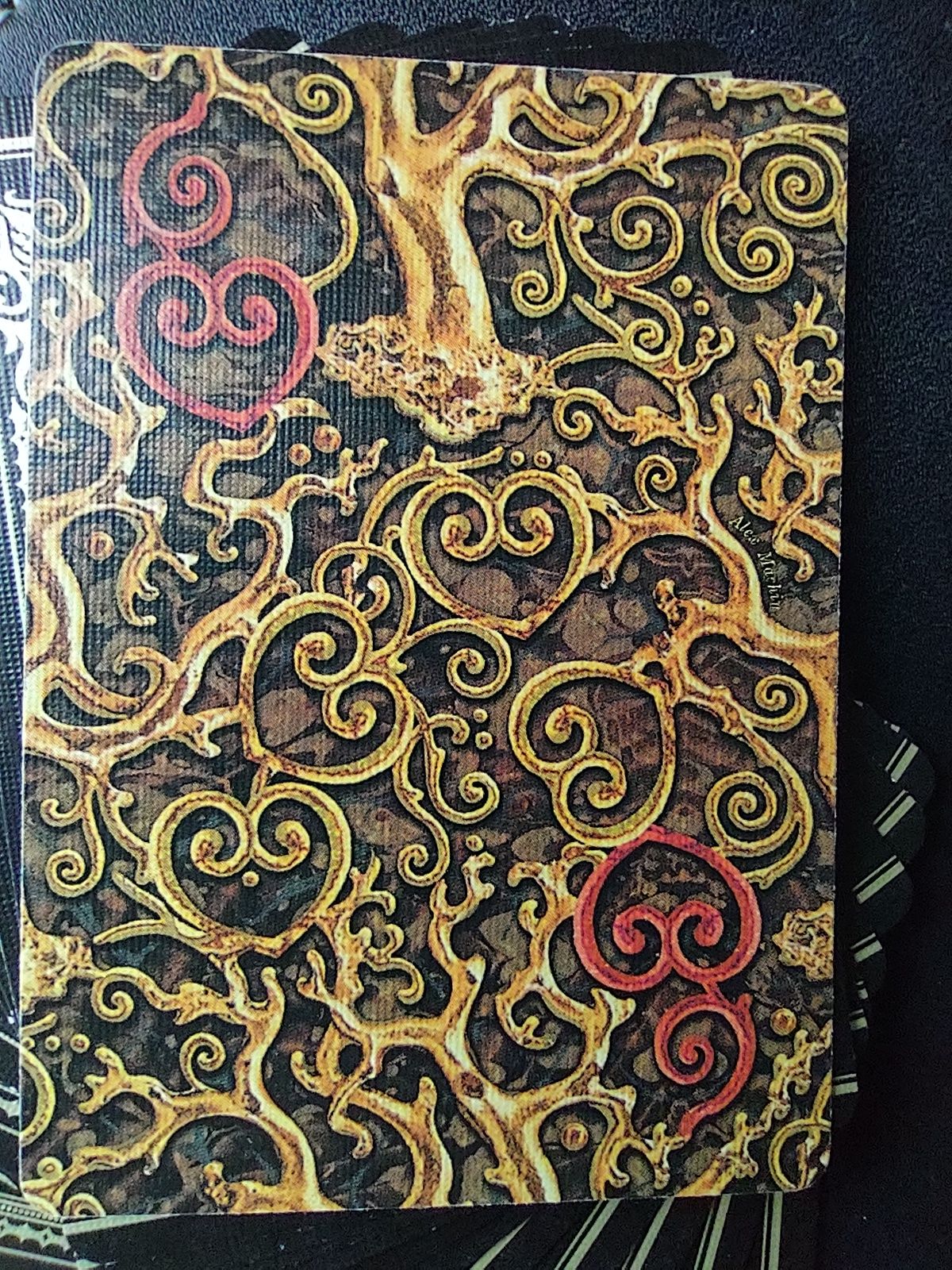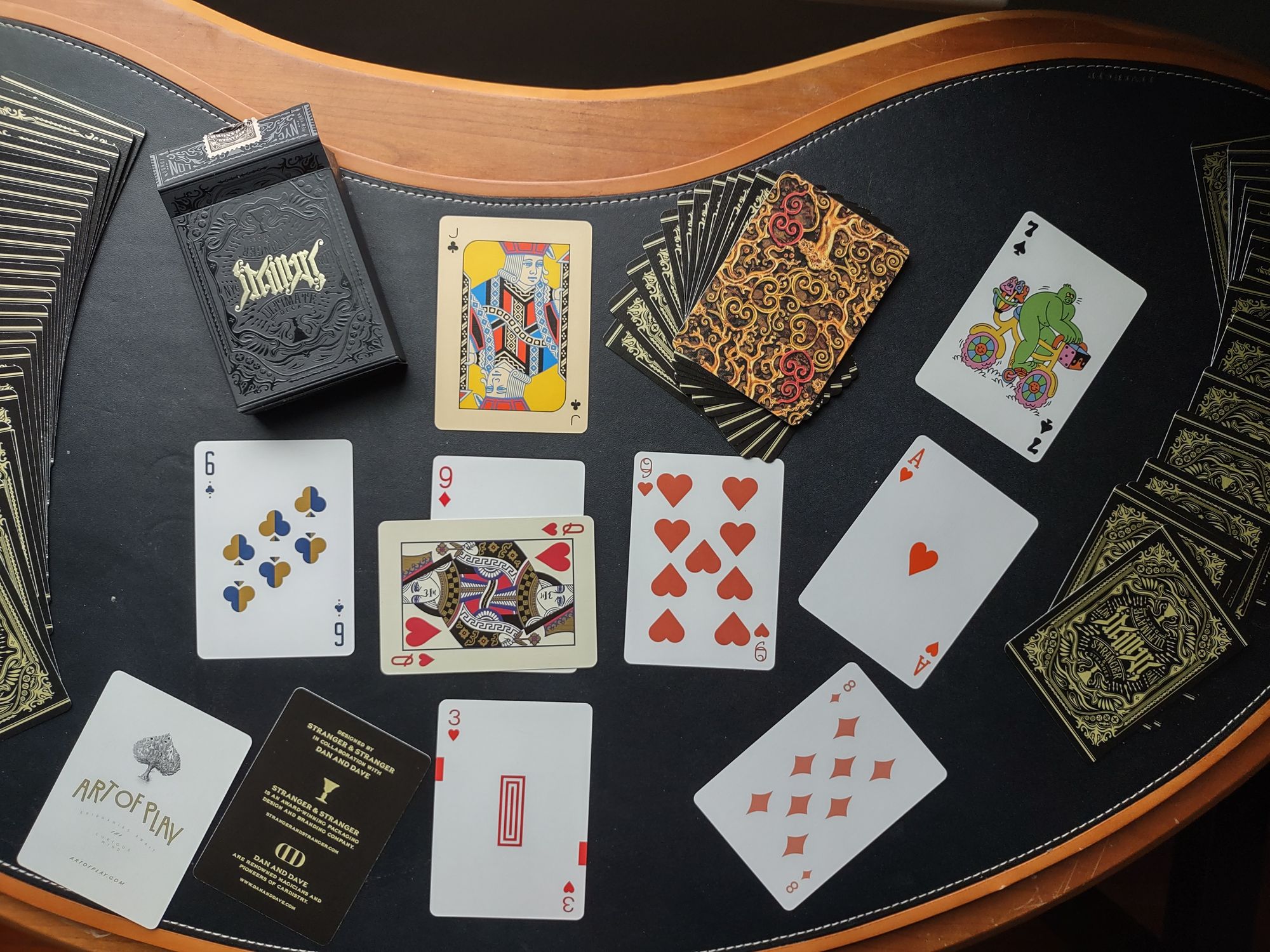X: Billhook
What a billhook means in India.

Good morning. Today is décadi, the 20th of Pluviôse, Year CCXXXI. We celebrate la serpette, a tool for pruning and cutting.
The billhook is really an Indian tool. Also known as an aruval or a koyta, the billhook is a useful form of machete for clearing away thin woods and trimming banana trees. It's also used for cutting meat.
And, now, committing crime. A wave of "koyta gangs" has been blamed for several violent crimes lately, including four revenge beheadings in Southern India in the past month alone. In the wealthy college-and-tech city of Pune, near India's west coast, this has prompted a crackdown on the sale of billhooks, with the state police requesting all hardware stores to install CCTV cameras (with many store owners claiming that's a hardship, so sponsors are being sought to carry the cost) and mandating that anyone buying a billhook show their Aadhaar.
This last step is a big, big deal.
The Aadhaar has been a center of controversy from almost the moment it was introduced in CCXVII (2009). A fingerprint-and-photo registration with a 12-digit number, the system was billed a completely voluntary national ID service that would make administering social benefits cheaper and less susceptible to fraud. Of course, the hidden reason (and its original intent) was also to weed out undocumented immigrants.
You may have spotted the problem with a voluntary system that is mandatory for receiving benefits. The Indian Supreme Court did, too, ruling in CCXXIII (2015) that the government had to make services available to those without Aadhaar and widely publicize that it's a voluntary program. However, the court also upheld the legality of the Aadhaar system three years later, despite it being introduced without any legislation, purely as an executive branch program.
Unlike Social Security numbers (that other voluntary involuntary ID system tied to benefit programs and everything else), Aadhaars are explicitly registered using biometric data, including fingerprints, iris scans, and photographs. Guess which agency immediately loved this.
As early as CCXXI (2013), when the database was about half the size it is now, police in Goa requested access to the Aadhaar database in the name of solving the murder of a young woman. The resulting legal case eventually culminated in the Supreme Court's ruling that the right to privacy is greater than the police's right to biometric data, but just barely. Between security concerns about a hack and the fact that obtaining a card can be done with very little documentation, there's a likelihood that the 1.2 billion-person database is riddled with falsehoods and errors that could lead to wrongful arrests.
And the cards themselves are just pieces of paper! Some of them aren't even in color. While all agencies insist that the Aadhaar is not an ID card and should never be used that way, there's simultaneously talk of requiring an Aadhaar to obtain a passport, and three years ago, the government started making more counterfeit-proof PVC cards available (for an additional fee, and again, completely voluntary).
This situation would be like those CDC vaccination cards – which briefly served as soft passports to venues and restaurants – grew in use to be mandatory for air travel and getting unemployment benefits, but without becoming any more sophisticated than the hand-scrawled awkwardly-big index cards they were.
And now a major state in India is requesting that people must show their Aadhaar in order to buy a simple farm implement because of a crime panic jogged by goings on hundreds of miles away.
What makes this extra interesting is that billhooks are also ceremonial objects of religious worship in Pune.

While everyday aruvals for cutting wood are about a foot long, the ceremonial blades can be up to 18 feet long. These are dedicated to Lord Karrupu at temples in the Tamil region of Southern India, where clan-based worship that has only been lightly assimilated into the Hindu religion is still in practice. So making buyers of aruval in Pune register with biometric data could be seen as a way of harrassing outsiders of a different religion from another region of India. The fact that the beheadings in that region are also being used to scare up this ID requirement is also interesting.
Prime Minister Narendra Modi's India has been marked by more Hindu-supremacist rhetoric than in previous regimes, and while the main target for this rhetoric is India's Islamic population, it's not surprising or unusual to see milder forms of "huh" happening to some of the less mainstream religious practitioners.
Today's card: 6 of hearts

Click for a recap of the story so far...
After a successful hackathon (6♣), Plum is ready to do something grand (9♦) with her extensive network of friends (Q♥) before she loses touch (3♥) because they are all looking for something new to do (J♣). She needn't worry about losing touch if she puts in some effort (9♥), and should strike only when the iron is hot (8♦) and she has met a new person bearing an opportunity (A♥). Still, she needs to keep her eye on what she wants to accomplish and put into the world (7♠).
A strange outcome for Plum's goals, but not a bad one. The card won't promise success of any kind financially or career-wise. This may be more of an experience than a launch to stardom ... or maybe she'll take over the world! There's certainly a lot of gold on this bizarre iteration of the six of hearts. All that's promised is that she's moving in the right direction with her network, building, slowly but surely, for a bright future down the line. So go for it, Plum! Get ready for a whole new reading starting tomorrow.




